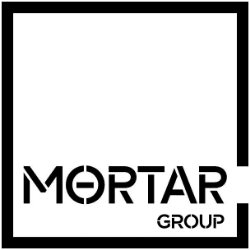Clarity on the end game drives better decisions today.
You can’t optimize what you haven’t defined. Before wiring funds into the next opportunity, step back and ask: What is my investing end game? With a clear destination—income, growth, or flexibility—you can choose vehicles, risks, and timelines that actually fit your plan.
The Three Most Common End Games
1) Reliable Income
Goal: Produce predictable cash flow that supplements or replaces earned income.
Typical fit: Stabilized rentals, core/core-plus assets, conservative leverage, long-term holds.
Trade-offs: Lower IRRs than development, but less volatility and fewer surprises.
2) Long-Term Growth
Goal: Maximize equity growth over a 5–10+ year horizon.
Typical fit: Value-add and development where business plan creates new NOI or sells into stronger demand.
Trade-offs: Bumpier cash flow and timing risk—returns are back-ended and depend on execution.
3) Flexibility & Optionality
Goal: Keep options open while compounding—balance income today with growth tomorrow.
Typical fit: Blended portfolios (income deals + select development/value-add), laddered maturities, diversified operators.
Trade-offs: Requires discipline and rebalancing; easy to drift without targets.
A 20-Minute Framework
- Write your 3 targets: annual cash flow need, net-worth goal, and “sleep-at-night” risk level.
- Choose the vehicle mix: % income deals vs % growth deals. Avoid 100/0 unless you truly mean it.
- Define timelines: When do you need the income? When must principal be liquid?
- Stress the assumptions: Rent growth, exit cap, interest rates, construction timelines.
- Operator fit: Has the sponsor executed this exact plan across cycles?
Mistakes That Derail the End Game
- Chasing IRR headlines without understanding interim cash needs or risk profile.
- Mismatching capital—short-term funds in long-duration projects (or vice versa).
- Ignoring the capital stack: mezz/bridge layers can magnify both returns and losses.
- No liquidity buffer for capital calls or market shocks.
How Mortar Group Thinks About It
As an architect-developer and operator, our programs are designed around clear outcomes. Income-oriented offerings emphasize durable cash flow and downside protection; growth strategies focus on creating value through design, entitlement, and execution. The right fit depends on your end game.
Related reads:
How It Works ·
PPM Explained ·
Using a Self-Directed IRA

